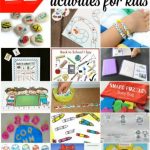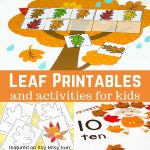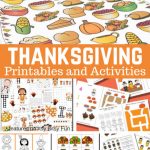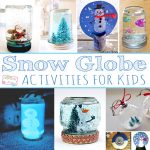November is a wonderful month filled with fall colors and opportunities for creativity. As the days grow shorter and the weather gets cooler, it’s the perfect time to engage kids in fun November crafts and activities. In this article, we’ll list some exciting November-themed projects that can be enjoyed in the classroom or at home. Whether it’s celebrating Thanksgiving, exploring autumn, or learning about other important November holidays, there’s no shortage of inspiration for educators and parents alike.
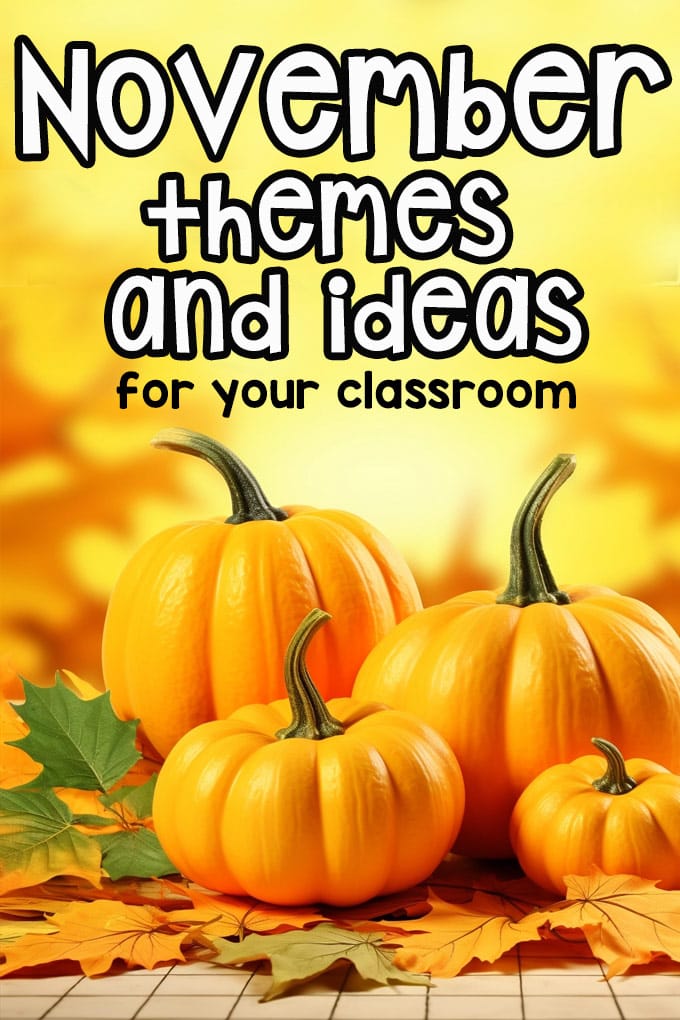
November Theme Ideas for The Classroom
Before we dive into the activities, let’s take look at some of the most important and most popular themes and holidays that make November special:
Thanksgiving: Thanksgiving is one of the most celebrated holidays in November, celebrated on the fourth Thursday of the month. It’s a time to express gratitude, enjoy a feast, and spend quality time with family and friends.
Fall: As the fall season is in full swing, November is the perfect time to embrace all things autumn. From colorful leaves to harvest foods, there’s a lot to explore.
Veterans Day (November 11th): This day honors all American veterans and military service members for their sacrifices and service to the nation.
National Native American Heritage Month: November is an opportunity to celebrate the rich and diverse cultures, traditions, and contributions of Native Americans.
Forest animals: while active all year round, the forest animals theme is most popular in fall, specifically in November.
Nocturnal animals: nocturnal animals theme is another great pick for a November theme.
Pumpkins: pumpkins is another great theme that really shines in November.
Harvest: why focus on pumpkins only if you can have a harvest theme and include all other fall produce?
Now, let’s dive into some creative and educational activities for the classroom:
Classroom Activities for Thanksgiving
Thanksgiving Gratitude Journals:
- Materials: Journals or blank notebooks, markers, and stickers.
- How to Implement: Have students create Thanksgiving gratitude journals. In these journals, they can write or draw things they are thankful for every day leading up to Thanksgiving. It’s a great way to foster gratitude and reflection.
Disguise a Turkey
- Materials: disguise a turkey printable template, scissors, glue, coloring supplies
- How to Implement: Have students create a fun disguise for their turkey. This is one of the most fun Thanksgiving activities for kids to make. Once they have made their disguise, give the kids writing papers where they write about the disguise and why it works.
Thanksgiving Coloring Pages:
- Materials: thanksgiving coloring pages, coloring supplies.
- How to Implement: It’s always great to have some coloring pages at hand when making classroom projects – this way you have something ready for early finishers.
Thanksgiving Collaborative Artwork:
- Materials: Large poster board, paper, drawing supplies.
- How to Implement: Create a collaborative Thanksgiving-themed artwork focusing on gratitude or Thanksgiving-themed subjects like turkeys, corn, or pumpkin pie. You can have each student design a piece of the pie – and together, they can make whole pies (more than one, depending on the size of your group). This also offers a great opportunity to talk about fractions.
Classroom Activities for Fall
Leaf Art Collages:
- Materials: Collected leaves, glue, paper, and markers.
- How to Implement: Have kids go on a leaf-scavenging adventure, and then create beautiful collages using the leaves. Encourage them to use markers to add details, such as turning a leaf into an animal or writing something they’re thankful for.
Abstract Leaf Paintings:
- Materials: our abstract leaves printables (optional).
- How to Implement: You can use our printables or have kids trace around real leaves to make leaf outlines. Once done, have the kids draw lines across the outline to create geometric patterns and then have them color them in in various colors.
Nature Collage:
- Materials: Leaves, twigs, acorns, glue, and paper.
- How to Implement: Let students explore the outdoor environment to collect fall materials. Then, they can use these natural treasures to create beautiful nature collages on paper, promoting creativity and a connection to nature.
Leaf Identification Scavenger Hunt:
- Materials: Various leaves, field guide or printed leaf identification chart.
- How to Implement: Organize a leaf identification scavenger hunt. Give students a field guide or printed chart with pictures of leaves, and have them search for and identify the leaves they find. This activity fosters observation and nature knowledge.
Nature-Themed Storytelling:
- Materials: Leaves, twigs, and small natural objects.
- How to Implement: Encourage children to use nature materials as props while telling fall-themed stories. They can create characters, scenes, and settings using leaves, twigs, and acorns, enhancing their storytelling skills and imaginative play.
Veteran’s Day Ideas
Thank You Cards for Veterans:
- Materials: Craft paper, markers, stickers, and envelopes.
- How to Implement: Have students create thank you cards for veterans. They can write messages of appreciation, draw patriotic symbols, and decorate the cards with stickers. These cards can be delivered to local veterans’ organizations or hospitals to brighten veterans’ days.
Interview a Veteran Project:
- How to Implement: Encourage students to interview veterans they know, such as family members or family friends. They can create oral history projects, write essays, or make presentations based on the veterans’ experiences. This activity not only teaches history but also helps build connections between generations.
Veterans Day Art Exhibition:
- Materials: Art supplies, such as canvas, paints, and brushes.
- How to Implement: Encourage students to create art pieces that reflect the theme of Veterans Day. These could be patriotic paintings, sculptures, or other forms of artwork. Organize an art exhibition within the school to showcase students’ creations and invite the community to view and appreciate their work.
National Native American Heritage Month
Native American Arts and Crafts Fair:
- How to Implement: Collaborate with local Native American artisans and craftspeople to organize an arts and crafts fair at your school. Allow students to interact with the artists, observe their creative processes, and even try their hand at traditional crafts under their guidance.
Visit Native American Museums or Cultural Centers:
- How to Implement: Organize field trips to Native American museums or cultural centers, where students can learn about the history and heritage of various tribes.
Native American Guest Speakers:
- How to Implement: Invite Native American guest speakers from local tribes or communities to share their knowledge, stories, and experiences with the students. They can discuss their cultural heritage, traditions, and the challenges and opportunities they face today.
Nocturnal and Forest Animals
Nocturnal Animal Research and Presentations:
- Materials: Books, websites, research materials, and presentation tools.
- How to Implement: Assign students various forest animals or nocturnal animals found in forests, such as owls, bats, or raccoons. Have them conduct research on the animals’ nocturnal behavior, adaptations, and habitat. Have the kids have short presentations about the animals they either were assigned or they have picked.
Forest or Nocturnal Animal Trivia Game:
- Materials: Question cards, buzzers or paddles, and a game board.
- How to Implement: Divide the class into teams and create a trivia game with questions related to both forest and nocturnal animals. Students take turns answering questions and competing in a friendly and educational game that encourages teamwork and knowledge retention.
Pumpkin Activity Ideas
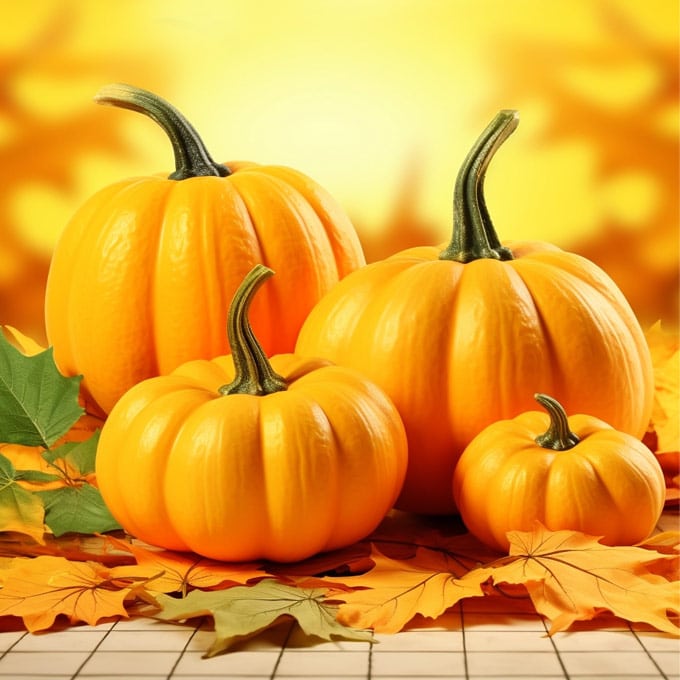
Pumpkin Science Experiments:
- Materials: Pumpkins, magnifying glasses, scales, measuring tools, and various liquids (e.g., water, vinegar).
- How to Implement: Encourage students to explore the science of pumpkins. They can measure and weigh different pumpkins, observe the textures and colors of their skin, and conduct experiments like the classic “pumpkin volcano” by adding vinegar and baking soda. This hands-on approach promotes scientific inquiry and observation skills.
Explore the pumpkin life cycle:
- Materials: Pumpkins, books, and drawing materials and our pumpkin life cycle worksheets.
- How to Implement: Teach students about the life cycle of a pumpkin, from seed to fruit. Have them draw and label diagrams to illustrate the various stages, fostering a deeper understanding of plant biology and the pumpkin life cycle.
Pumpkin Tasting and Cooking:
- Materials: materials for making a pumpkin dish or drink, pick an age-appropriate recipe
- How to Implement: Have the students prepare a delicious pumpkin treat! Depending on the age of your students, a variety of delicious goods can be made – we love making this pumpkin milkshake, it doesn’t require cooking so it’s a great fit for the classroom. You can modify it or use a different recipe to meet your classroom needs (or restrictions).
Harvest
Harvest Festival Celebration:
- How to Implement: Organize a classroom or school-wide Harvest Festival celebration where students can partake in a variety of harvest-themed activities. This may include pumpkin decorating, apple bobbing, a corn husking contest, and a bake sale featuring autumn treats like apple pie and pumpkin bread. The Harvest Festival is a fun way to engage students and celebrate the season’s bounty.
Poetry and Art:
- Materials: Art supplies, construction paper, and poetry books or resources.
- How to Implement: Encourage students to create harvest-themed art and poetry. They can draw or paint scenes of bountiful harvests, farms, or autumn landscapes while composing poems that capture the spirit of the season. Display the art and poetry around the classroom to create a harvest-themed gallery.
Harvest Scavenger Hunt:
- Materials: Scavenger hunt lists, pencils, and small prizes.
- How to Implement: Create a harvest-themed scavenger hunt where students search for items related to the season, such as colorful leaves, acorns, or various types of fall fruits and vegetables that can be brought in to the classroom.
